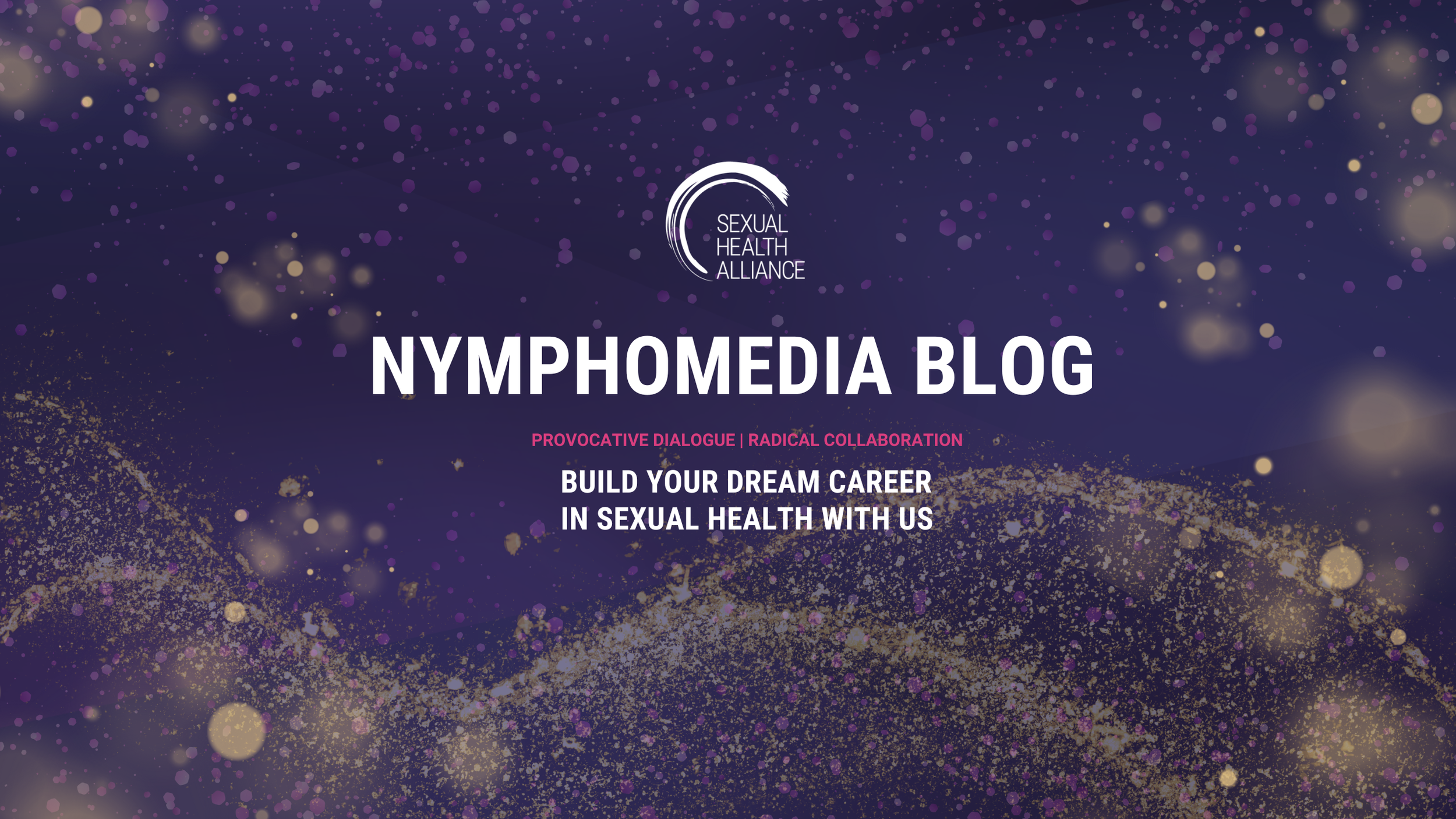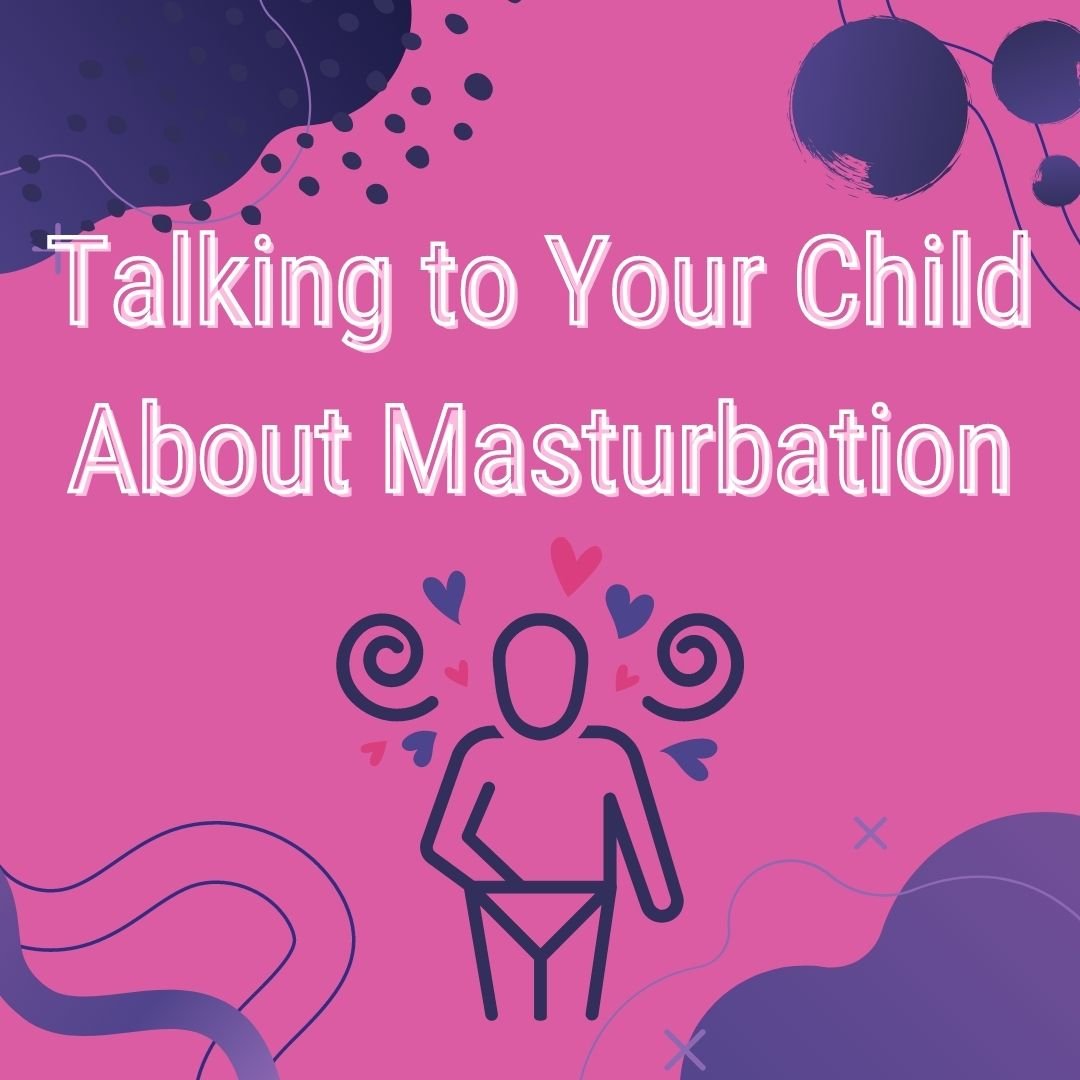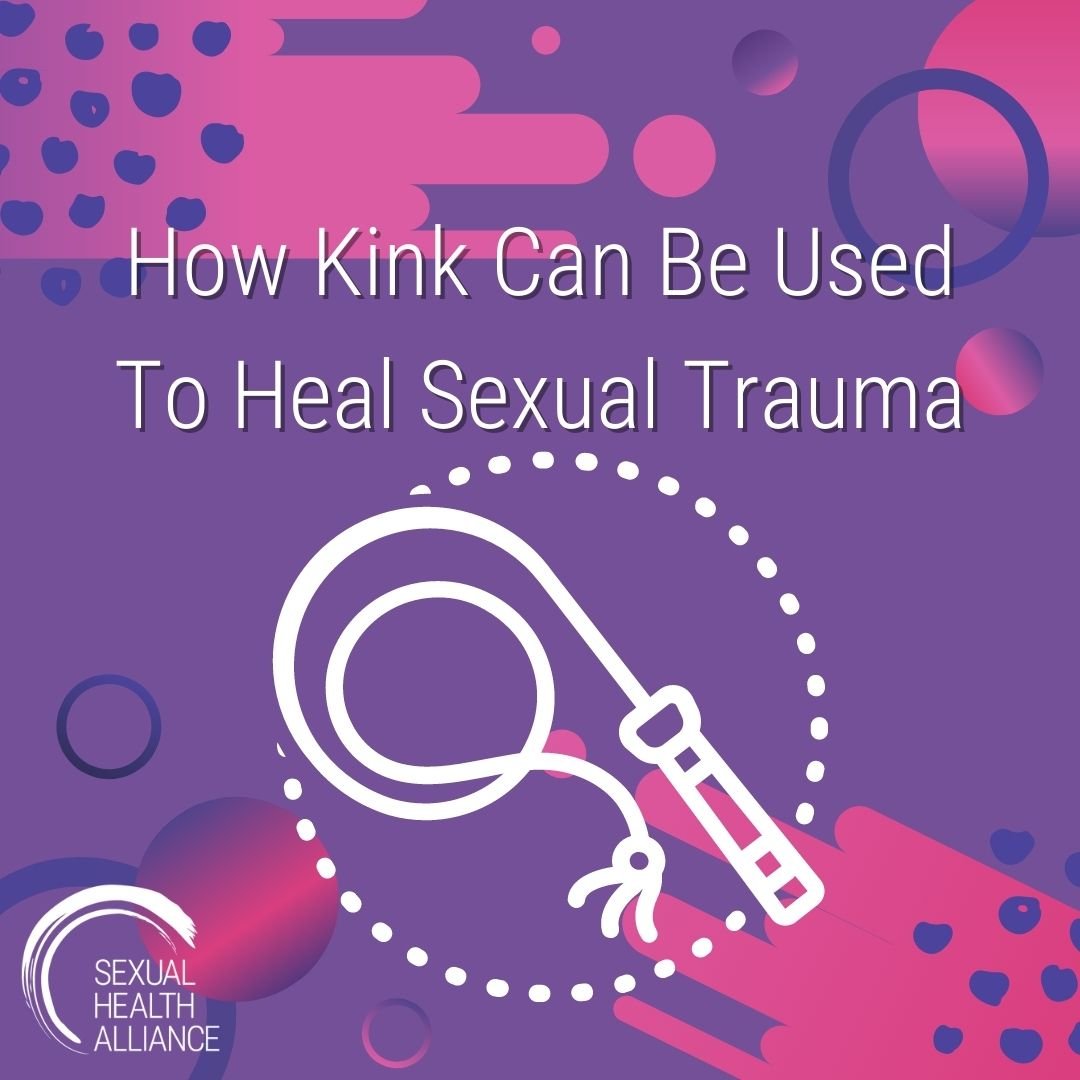The concept of love languages was developed by Gary Chapman in his book: The 5 Love Languages: The Secret to Love That Lasts. In the book, he described the five styles of communicating love. These categories have been based on his experience in marriage counseling. Each person has different preferences in the way they communicate love and wish to receive it. This article will explore the love languages, how to demonstrate them, and the validity behind them.
Working out your love language can be a great way to connect with your partner and find out ways to strengthen your relationship. The online quiz is free and easy to use. It is quick and simple, as well as gives you a breakdown of your connection to each love language. There have been debates on the scientific validity of love languages, for example Stefani Goerlich, psychotherapist, points out that the love languages were not based on clinical research. However, Goerlich has found that using the love languages as a framework can help couples to learn how to communicate better about their needs. “I have found that 8 out of 10 times, whatever the issues are that my client-couples bring to the table, they are rooted in a fundamental misalignment in how each partner gives and receives love.”
























